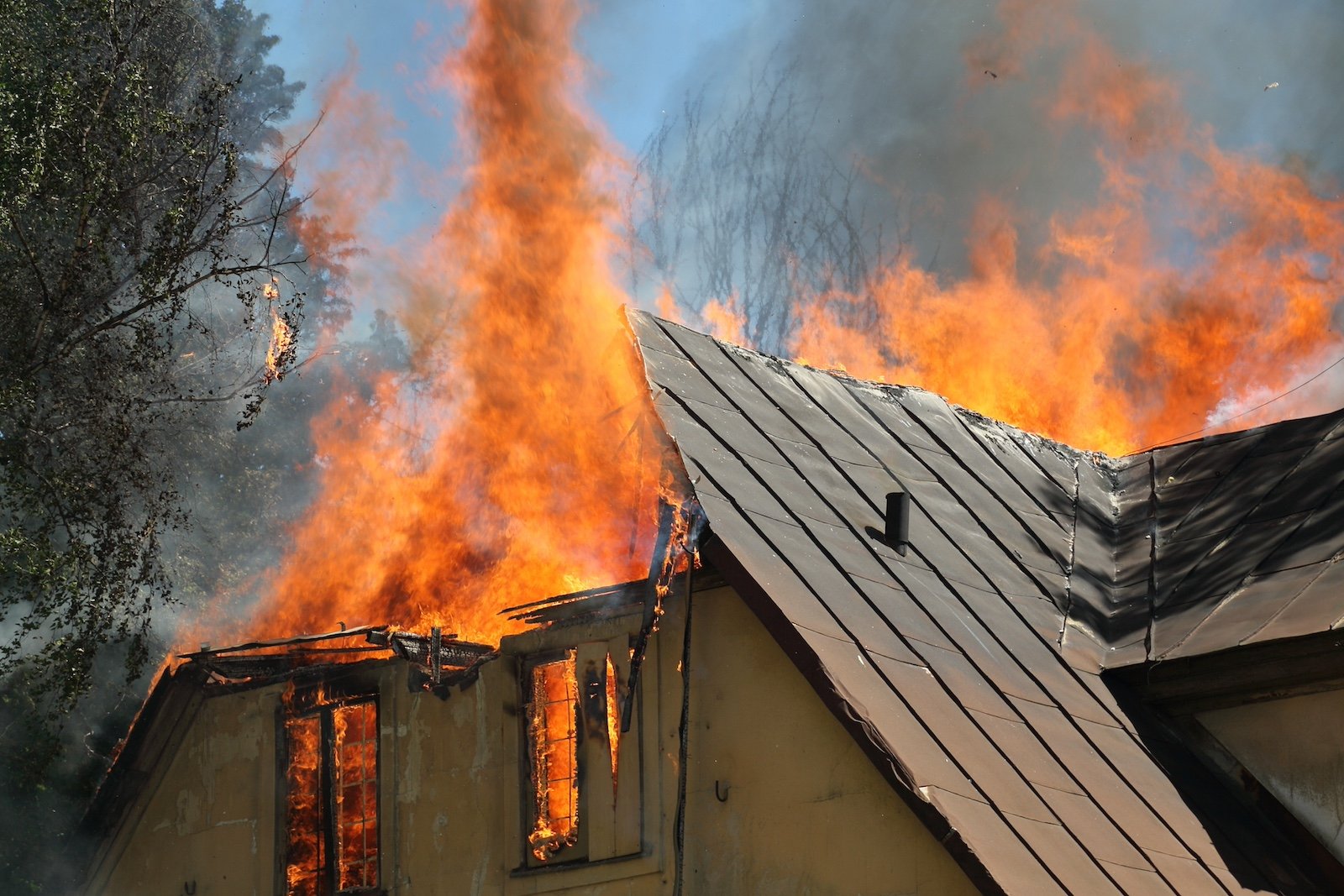Hell is a concept that has intrigued, frightened, and mystified people for centuries. According to the Bible, hell is not merely a figment of imagination but a real place with vivid descriptions and profound implications. In this article, we will explore various aspects of hell as depicted in the scriptures, providing a comprehensive understanding of its nature and purpose.
Fire and Destruction

Hell is frequently associated with fire, symbolizing both destruction and torment. Isaiah prophesied about a place where “the fire that burns them will not be quenched” (Isaiah 66:24). Jesus also spoke of hell as a place of “unquenchable fire” (Mark 9:43). The book of Revelation describes hell as a “lake of fire” where the wicked are tormented day and night forever and ever (Revelation 20:10).
Torment and Agony

In Luke 16, the parable of “The Rich Man and Lazarus” illustrates hell as a place of torment. The rich man, in agony, pleads for relief, underscoring the intense suffering experienced by those in hell (Luke 16:24-25).
Darkness

One of the most striking images of hell in the Bible is that of darkness. Hell is depicted as a place of utter darkness, where light and hope are completely absent. Jesus described it as “outer darkness” where there will be “weeping and gnashing of teeth” (Matthew 8:12, Matthew 22:13). The book of Job also refers to Sheol as a “land of deepest night, of utter darkness and disorder” (Job 10:21-22).
Eternal Punishment

The eternity of hell is a subject of much debate, but the Bible provides clear indications that hell is eternal. Jesus describes hell as a place of “eternal punishment” (Matthew 25:46). Revelation speaks of the torment in the lake of fire as lasting “forever and ever” (Revelation 20:10). This eternal aspect underscores the severity of rejecting God’s grace and the finality of judgment.
Gnashing of Teeth

The phrase “gnashing of teeth” is used repeatedly by Jesus to describe the intense suffering and regret experienced in hell. This vivid imagery conveys the agony and despair of those who are condemned. In Matthew 13:41-42, Jesus explains that at the end of the age, the wicked will be thrown into a blazing furnace where there will be weeping and gnashing of teeth.
Complete Isolation

Hell is a place of utter isolation, contrasting with Heaven’s community and fellowship with God. Those in hell are completely separated from others and from God, adding to their emotional and spiritual suffering.
Separation from God

Perhaps the most harrowing aspect of hell is eternal separation from God. In Matthew 25:41, Jesus describes hell as a place of “eternal fire prepared for the devil and his angels.” Those who are condemned are shut out from the presence of the Lord and from the glory of His might (2 Thessalonians 1:9). This separation is absolute, leaving the damned without hope or redemption.
No Rest Day or Night

Revelation 14:11 mentions that the smoke of torment from hell rises forever, with no rest day or night. This description underscores the perpetual and unrelenting nature of the punishment.
Unquenchable Fire

Mark 9:43-48 speaks of hell as a place of “unquenchable fire” where the “worm does not die,” emphasizing the endless nature of its torment. This imagery conveys a place where suffering is constant and never ceases.
Absence of All Good

James 1:17 reminds us that all good things come from God. In contrast, hell is devoid of all that is good, as it is completely separated from God’s presence. This absence of love, peace, and comfort adds to the torment of hell (James 1:17).
Everlasting Destruction

2 Thessalonians 1:9 describes hell as a place of “everlasting destruction,” where the inhabitants are perpetually destroyed but never fully annihilated. This eternal destruction is a continuous state of ruin and despair.
A Place for the Devil and His Angels

Hell was originally created to punish Satan and his fallen angels. Matthew 25:41 indicates that it was not intended for humans, but those who reject God join Satan in this dreadful place, highlighting the gravity of rebellion against God.
Divine Justice

The primary purpose of hell is to serve as a place of justice and retribution. It is where God’s wrath is fully manifested against sin and rebellion. Hell is described as a place where the wicked receive their just deserts for their actions (Romans 2:5-8). It is also a means to purify and renew the cosmos, ensuring that sin and evil are eradicated completely (2 Peter 3:10-13).
Devoid of Love

As God embodies love, His absence means hell is completely devoid of love. This lack of divine love and connection further intensifies the punishment for those in hell.
No Hope of Reconciliation

The Bible makes it clear that once in hell, there is no escape or possibility of reconciliation with God. This highlights the finality of hell and serves as a stark warning to repent and seek God during one’s earthly life. This notion of no second chances underscores the gravity and permanence of hell’s consequences (Hebrews 9:27).
Eternal Thirst

The rich man in Luke 16 also speaks of his unquenchable thirst, symbolizing an endless yearning for relief and fulfillment that is never satisfied. This eternal thirst represents the deep, unmet needs of those in hell.
Anger and Wrath

Hell is described as the place where God’s wrath is fully realized. While God is known for His love and mercy, His wrath against sin and rebellion is also profound. The depiction of hell as a place of divine wrath serves to remind believers of the seriousness of sin and the justice of God (Romans 2:5, Revelation 14:10).
The Final Judgment

The Bible teaches that hell is the final destination for those who reject God and persist in their sin. At the final judgment, everyone will be resurrected and judged according to their deeds (John 5:28-29, Revelation 20:11-15). The righteous will inherit eternal life, while the wicked will be cast into the lake of fire, which is the second death (Revelation 21:8).


